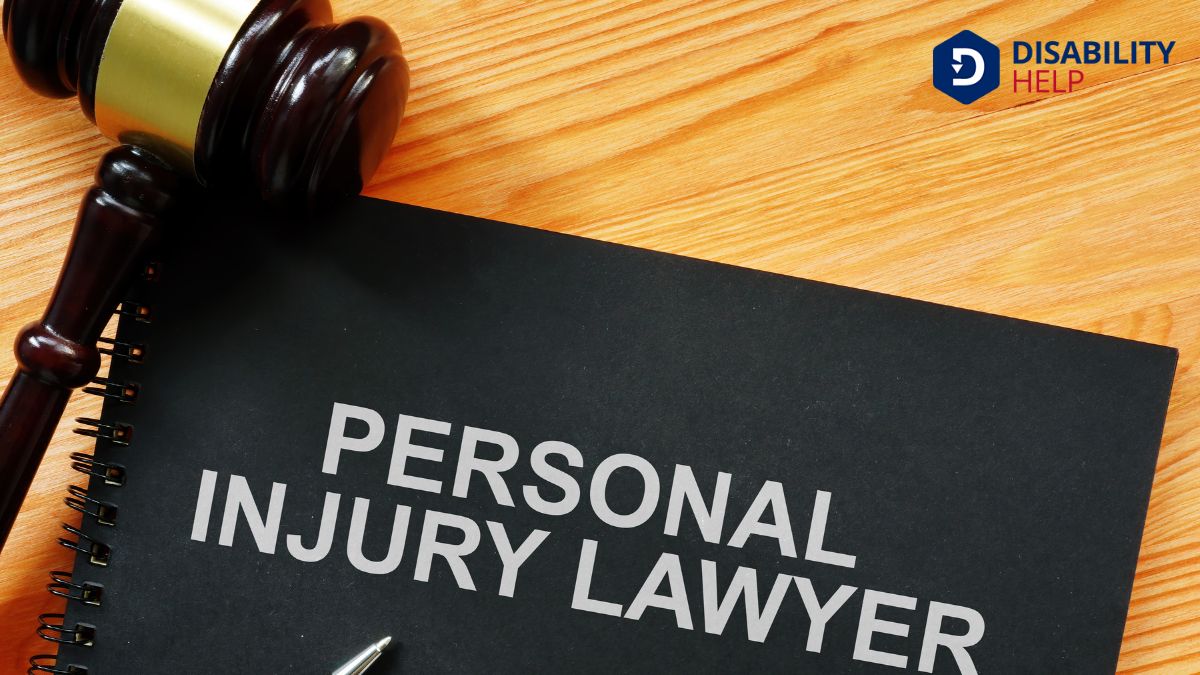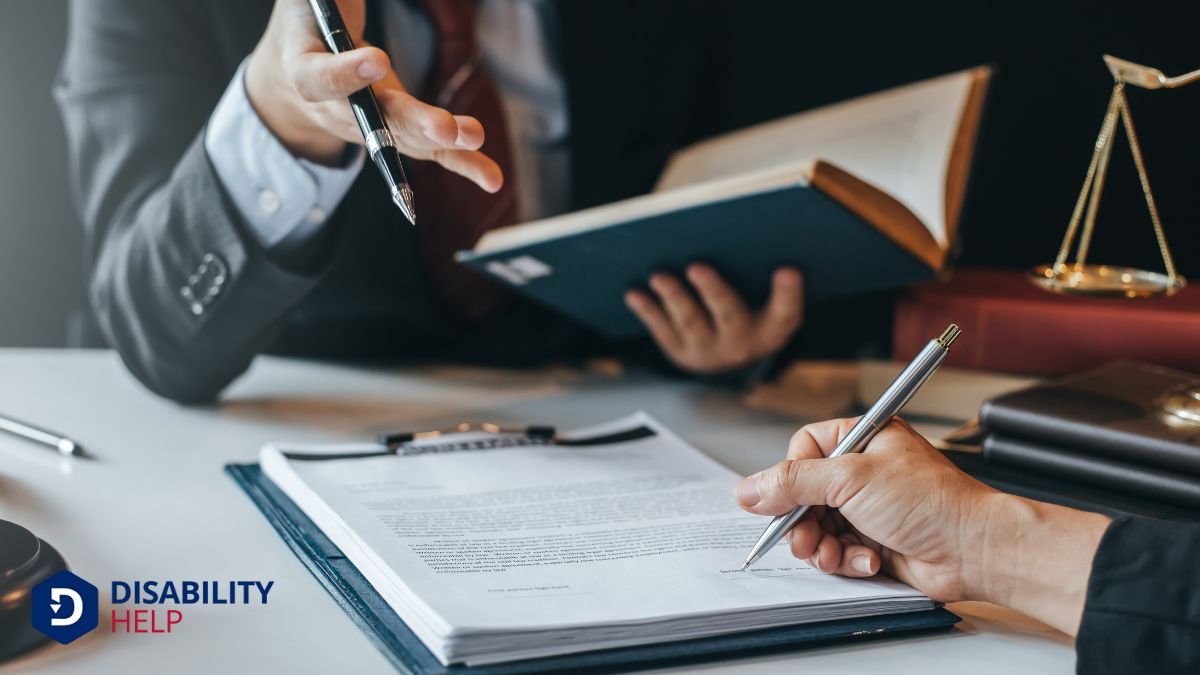When we consider what makes a personal injury case strong, we must focus on several vital factors. Clear liability is essential, as it's the foundation of any successful claim. We also need substantial evidence, like witness testimonies and photographic proof, to back our assertions. Demonstrating tangible damages, such as medical bills and lost wages, further solidifies the case. But there's more to explore, including the nuances of insurance policies and the importance of skilled legal representationThe way people with disabilities are depicted in media, culture, and politics, often influencing pub....
Key Takeaways
- Establishing clear liability by identifying negligent actions and connecting them to the injury strengthens the case.
- Gathering substantial evidence, including witness testimonies and high-quality photographs, bolsters case credibility.
- Presenting credible witnesses with consistent testimonies enhances the trustworthiness of the claims.
- Demonstrating tangible damages with organized records of medical bills and lost wages substantiates the financial impact.
- Understanding and effectively navigating insurance policies ensures comprehensive coverage and proper claim handling.
Establishing Clear Liability

When evaluating a personal injury case, establishing clear liability is vital. We need to understand who's at fault and why, as this forms the foundation of our case.
By examining the circumstances leading to the injury, we can determine if someone acted negligently or if a party had a duty to act differently. It's essential to identify which laws or regulations were violated.
This clarity helps us effectively argue our position and seek the compensation deserved. We must focus on connecting the dots between the responsible party's actions and the injury sustained.
Gathering Substantial Evidence
To strengthen our personal injury case, we must focus on gathering substantial evidence, starting with witness testimonies.
Their firsthand accounts can greatly impact the case by corroborating our claims and providing a clear narrative of events.
Alongside this, photographic documentation serves as essential proof, capturing details that might otherwise be overlooked or forgotten over time.
Witness Testimonies Impact
Although often overlooked, witness testimonies can greatly impact the strength of a personal injury case by providing substantial evidence. When we gather statements from individuals who saw the incident, we’re not just collecting facts—we're building credibility.
Witnesses provide firsthand accounts that can corroborate our claims and paint a clearer picture of what transpired. Their unbiased perspectives can sway a jury by adding authenticity to our narrative.
Let’s guarantee we approach witnesses promptly, as memories can fade over time. We should ask clear, concise questions to capture detailed accounts. A well-prepared witness can confidently testify, which strengthens our position.
It’s essential to remember that each testimony can make a difference in the outcome of our case, highlighting the importance of thorough evidence collection.
Photographic Documentation Importance
While witness testimonies lend credibility to our case, photographic documentation provides undeniable visual proof that can further solidify our claims. Photographs capture specific moments, offering clear evidence of injuries, accident scenes, and property damage. These images help us paint a vivid picture of the incident, making it easier for others to grasp the reality of our situation.
When we gather photos, we should focus on capturing various angles and details. This approach guarantees we cover all possible perspectives, leaving no room for doubt.
Lighting, clarity, and context matter, so we need to ascertain our photos are of high quality. By having a robust collection of images, we bolster our position and make our case stronger and more persuasive in the eyes of decision-makers.
Presenting Credible Witnesses
Let's focus on the critical role credible witnesses play in strengthening our personal injury case.
We must assess their credibility carefully and guarantee their testimonies remain consistent throughout the proceedings.
Witness Credibility Assessment
When evaluating the strength of a personal injury case, we can't overlook the importance of presenting credible witnesses. Witness credibility is essential because it can greatly influence the jury's perception.
We must assess their reliability by examining their ability to recall events accurately and consistently. Observing their demeanor and body language also helps in evaluating truthfulness.
We should consider their relationship to the parties involved. Are they impartial, or might they've a bias? Their past interactions and any potential motives need scrutiny.
Additionally, cross-referencing their account with other evidence can strengthen their credibility.
Consistent Testimony Importance
A cornerstone of presenting credible witnesses is ensuring their testimony remains consistent throughout the proceedings.
We must remember that inconsistencies can easily undermine a witness’s reliability and, by extension, the strength of our case. Inconsistencies can occur due to stress, misunderstanding, or miscommunication during testimony.
To mitigate these risks, it’s essential to thoroughly prepare our witnesses. This means reviewing their accounts, clarifying any doubts, and helping them understand the importance of sticking to the facts as they remember them.
Demonstrating Tangible Damages
While building a compelling personal injury case, we must focus on demonstrating tangible damages to strengthen our claims. Tangible damages refer to measurable losses like medical bills, lost wages, and property damage. Presenting clear evidence, such as receipts, invoices, and pay stubs, will make our case more persuasive.
By showing these concrete losses, we not only establish the financial impact of the incident but also offer a clear picture of the consequences we've faced.
We should also include documentation like repair estimates or replacement costs, which further illustrate the financial burden. Let's guarantee we collect and organize all relevant records that demonstrate the monetary effects of the incident.
This approach will help us create a strong foundation for our personal injury claim.
Assessing the Severity of Injuries
In addition to demonstrating tangible damages, it's equally important to assess the severity of our injuries. This step helps establish the impact on our daily lives and the potential for long-term effects.
We must consider factors like pain levels, recovery time, and how the injuries affect our ability to work or enjoy life. Medical documentation plays a critical role here, as it provides an objective view of our physical state.
Reports from doctors and specialists can offer insight into our prognosis, helping us convey the true extent of our suffering. By thoroughly evaluating these details, we build a stronger case.
It allows us to present a clear picture of our challenges and guarantees we seek appropriate compensation for our hardships.
Understanding Insurance Policies
Maneuvering through insurance policies is essential when dealing with a personal injury case, as it directly influences the compensation we might receive.
We need to understand the terms and coverage limits of our policy and the policy of the other party involved. Knowing what’s covered, including medical expenses, property damage, and lost wages, helps us identify potential compensation.
Let's also pay attention to any exclusions or special conditions that might affect our claim.
It’s vital to promptly report the incident to the insurance companies and maintain detailed records of all communications. Understanding these policies empowers us to navigate the insurance landscape effectively, ensuring no benefits are overlooked.
In doing so, we build a more robust case for our rightful compensation.
Evaluating Legal Expertise and Representation

How do we guarantee we're choosing the right legal representation for our personal injury case? First, we need to assess the attorney’s experience. Have they successfully handled cases similar to ours? We should ask about their track record with settlements and trial verdicts.
Next, communication is key—do they explain legal terms clearly and keep us updated? A strong attorney guarantees we comprehend each step.
Let's also consider client reviews and testimonials. They offer insights into past clients' satisfaction and outcomes.
Finally, during our initial consultation, we should feel supported and confident in our ability to represent us. By evaluating these aspects, we can guarantee our legal team possesses the expertise and commitment necessary to maximize our case’s potential.
Conclusion
In building a strong personal injury case, we must focus on clearly establishing liability and gathering substantial evidence. By presenting credible witnesses and demonstrating tangible damages, we can solidify our claim's foundation. It's vital to assess the severity of injuries and understand insurance policies thoroughly. Let's not overlook the importance of evaluating our legal expertise and representation. Together, these elements will enhance our chances of achieving a successful outcome for our case.






